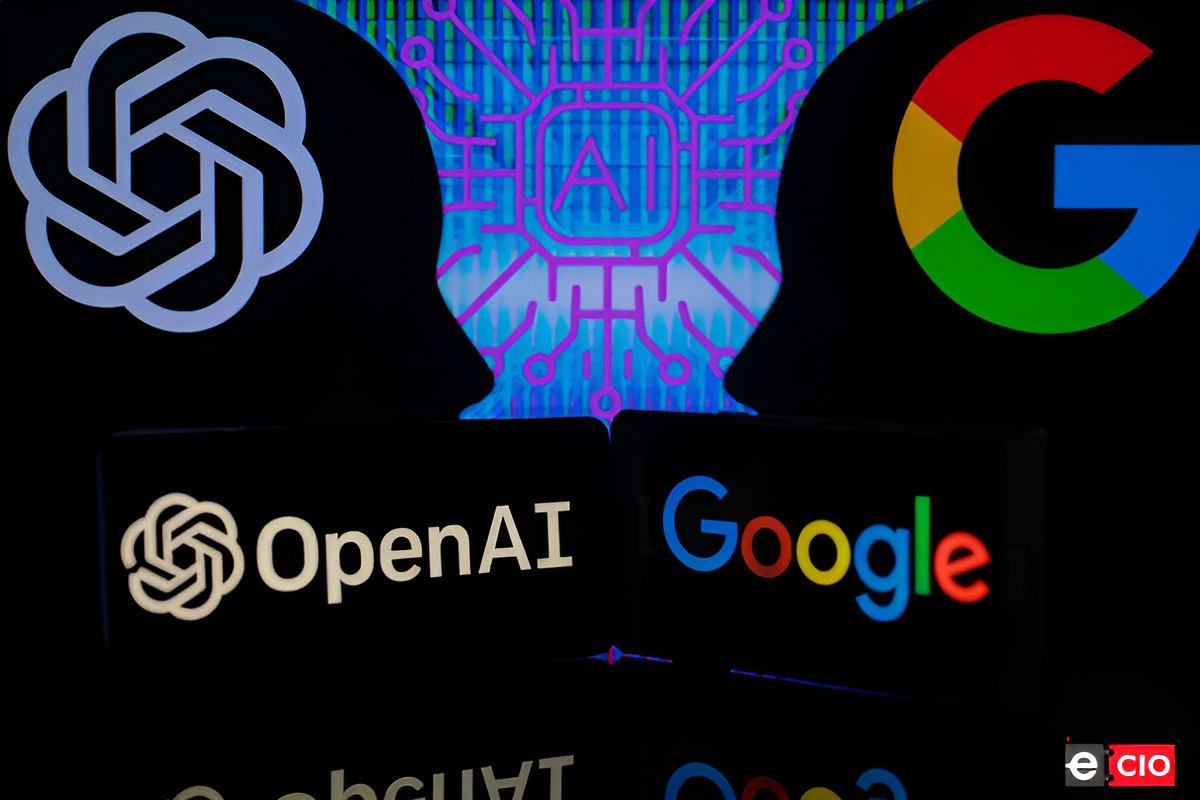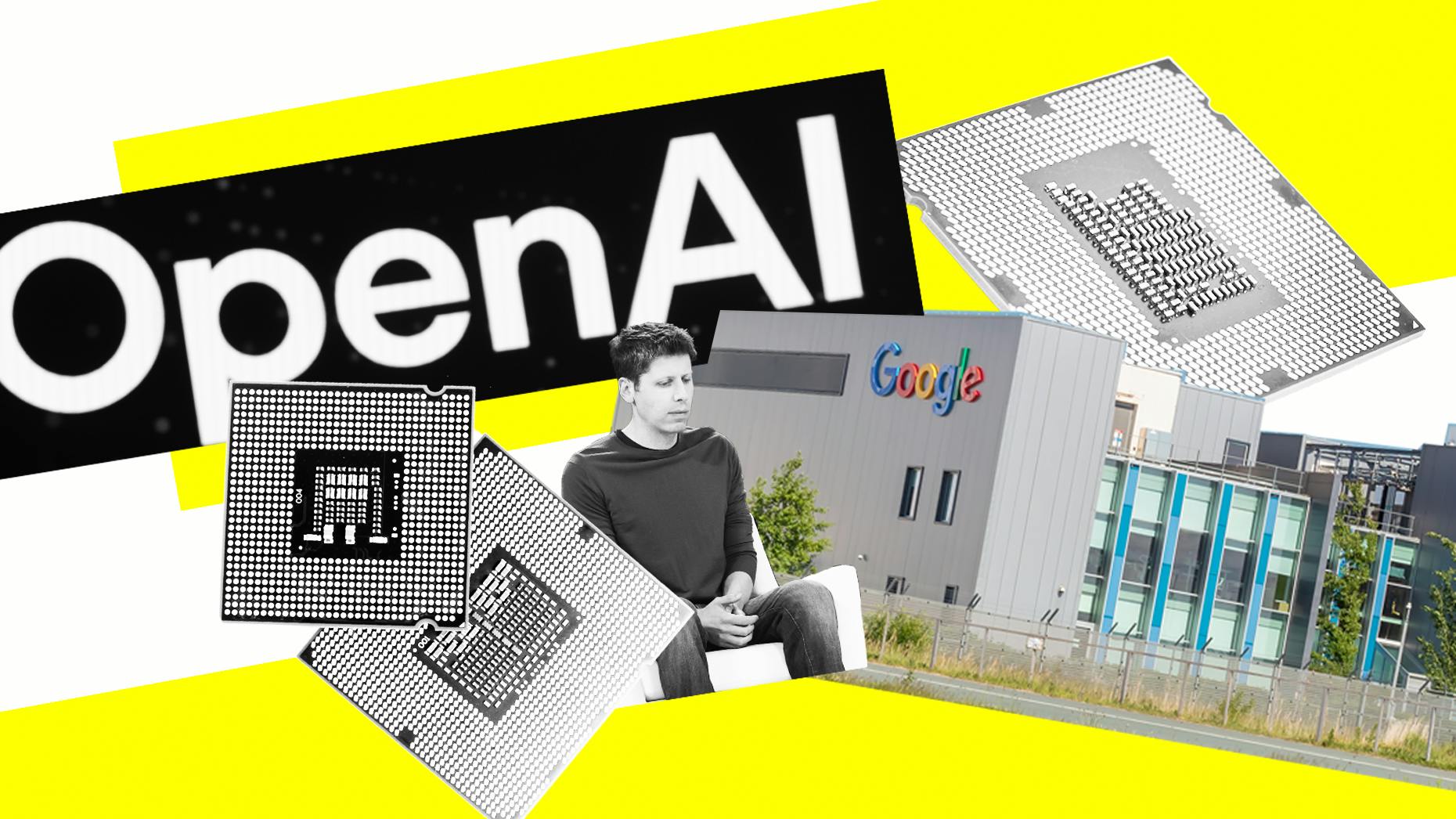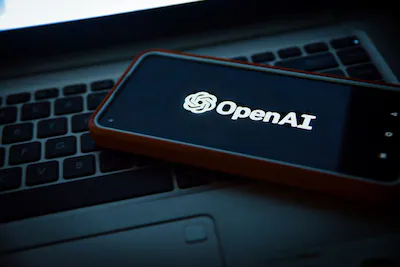Introduction: OpenAI Rethinks Infrastructure with Google AI Chips
OpenAI AI chips, the company behind ChatGPT, is undergoing a significant infrastructure shift by using Google’s AI chips—specifically Tensor Processing Units (TPUs)—to power its AI models. Previously dependent on Nvidia GPUs and Microsoft’s Azure cloud, this move signals OpenAI’s growing need for diversified and scalable compute resources.

Why OpenAI Is Turning to Google Cloud
According to a Reuters report, OpenAI AI chips has rented TPUs through Google Cloud to reduce its reliance on Nvidia’s costly GPUs and to lower inference costs for ChatGPT and other AI products. While the most advanced TPUs are still reserved for internal Google projects, OpenAI is using mid-tier TPUs in production.
- Google is expanding TPU availability beyond internal use.
- OpenAI aims to reduce inference costs while increasing scalability.
- This is OpenAI AI chips first meaningful use of non-Nvidia chips.
How This Impacts the AI Ecosystem

For Google, the deal bolsters its efforts to commercialize TPU hardware—an initiative that has already gained clients like Apple and AI startups Anthropic and Safe Superintelligence. This also signals a soft pivot from OpenAI’s long-standing reliance on Microsoft infrastructure.
Interestingly, Microsoft and OpenAI have also been in strategic negotiations around Artificial General Intelligence (AGI), making OpenAI’s alliance with Google even more significant.
TPUs vs GPUs: Why the Change?
While Nvidia GPUs are well-known for training AI models, TPUs are custom-built for machine learning tasks—particularly inference. This makes them cost-efficient and power-optimized for real-time AI tasks like chatbot responses, making them ideal for ChatGPT.
- TPUs offer lower latency for inference computing.
- They’re scalable via Google Cloud for enterprise use.
- TPUs may reduce operational costs vs Nvidia’s GPUs.
Future Implications: The Rise of Multi-Cloud AI Strategy
OpenAI’s use of Google Cloud, alongside Microsoft Azure and potentially other providers like CoreWeave, represents a growing trend in AI: the shift toward a multi-cloud, multi-chip strategy. This ensures supply chain flexibility, better cost efficiency, and resilience.

Additionally, OpenAI is reportedly working on its own custom AI chips under a project codenamed “Stargate” in partnership with Broadcom, as per Axios.
Conclusion: OpenAI’s Strategic Move Has Broader Ramifications
This partnership with Google Cloud shows how even direct competitors in AI can become collaborators when the infrastructure stakes are high. OpenAI’s shift to Google’s AI chips isn’t just about performance—it’s about sustainability, scale, and independence.
As the AI landscape evolves, keeping an eye on who’s powering what under the hood becomes as important as the applications we see on the surface.









